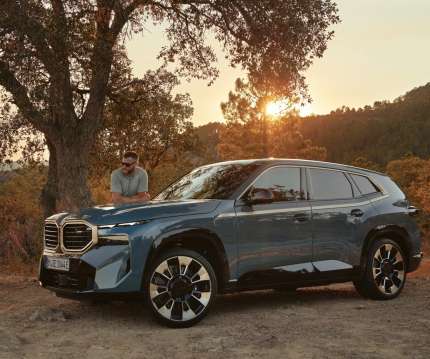Oil sands GHG lifecycle study using operating data finds lower emitting oil sands cases outperform higher emitting conventional crude cases; a call for more sophisticated tools and reporting
Green Car Congress
JULY 7, 2012
Well-to-wheel (WTW) greenhouse gas emissions for in situ SAGD and surface mining pathways generated employing GHOST/TIAX/ GHGenius combination and comparison with SAGD, mining and conventional crude oil literature pathways (all results are on a HHV basis). WTW emissions for pathways vary by more than ±10% (e.g.,




















Let's personalize your content